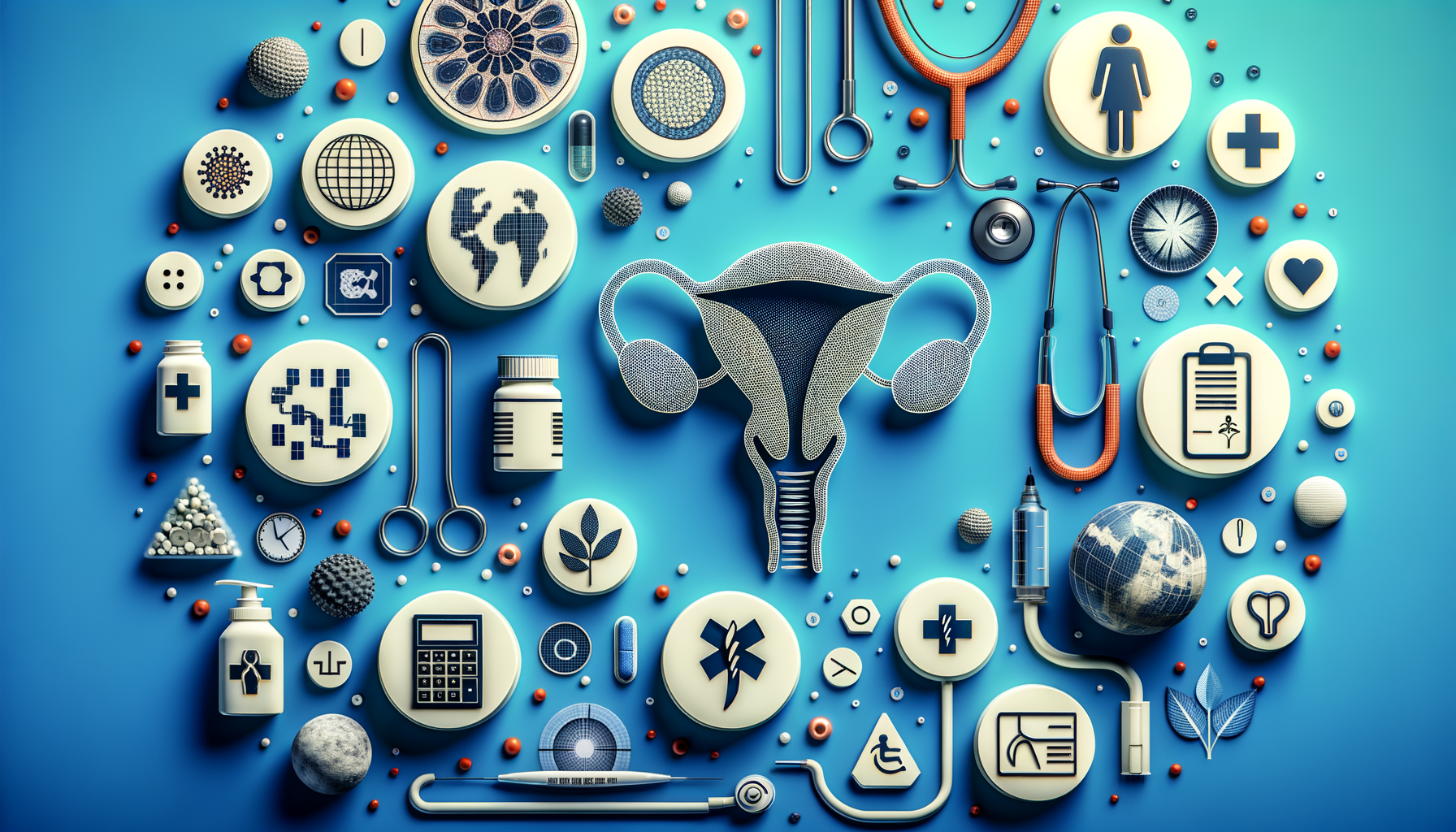What To Know About Overactive Bladder Symptoms In Women Over 60
How do alterations in bladder function frequently manifest in women over the age of sixty? Information is available detailing the commonly experienced signs associated with an overactive bladder. The following provides details on these observable characteristics.

Understanding Common Overactive Bladder Symptoms in Women Over 60
As women age, certain physiological changes can affect bladder function, leading to what is known as an overactive bladder (OAB). This condition is particularly prevalent in women over 60, with symptoms that can significantly impact daily life. Common Overactive Bladder Symptoms in Women Over 60 include a frequent and urgent need to urinate, often accompanied by involuntary leakage or incontinence. These symptoms can be disruptive, affecting sleep patterns and social activities, and may lead to embarrassment or anxiety.
Understanding these symptoms is the first step in managing and alleviating them. Women may experience a sudden, uncontrollable urge to urinate, often with little warning. This urgency can be accompanied by increased frequency, where the need to urinate occurs more than eight times in 24 hours. Nocturia, or waking up multiple times at night to urinate, is another common symptom that can severely disrupt sleep.
Recognizing these symptoms early can lead to more effective management and treatment, improving quality of life. Addressing these symptoms with a healthcare professional can help determine the best course of action, whether through lifestyle adjustments, medication, or other therapies.
Exploring Causes and Risk Factors of Overactive Bladder in Women Over 60
The development of an overactive bladder in women over 60 can be attributed to a variety of causes and risk factors. Understanding these can aid in both prevention and treatment. One primary cause is the natural aging process, which can weaken the bladder muscles and reduce bladder capacity. Hormonal changes, particularly the decrease in estrogen following menopause, can also contribute to bladder issues.
Other risk factors include obesity, which can place additional pressure on the bladder, and certain medical conditions such as diabetes and neurological disorders. A history of urinary tract infections or bladder surgery may also increase the likelihood of developing OAB. Additionally, lifestyle factors such as smoking, caffeine, and alcohol consumption can exacerbate symptoms.
Genetics may play a role as well, with some women more predisposed to bladder issues due to hereditary factors. Understanding these causes and risk factors can empower women to make informed decisions about their health and seek appropriate medical advice.
Effective Treatments for Overactive Bladder Symptoms in Women Over 60
Managing overactive bladder symptoms involves a combination of lifestyle changes, medical treatments, and sometimes surgical interventions. Effective Treatments for Overactive Bladder Symptoms in Women Over 60 can vary based on the severity of symptoms and the individual’s overall health.
Lifestyle modifications are often the first step, including dietary changes to reduce bladder irritants such as caffeine and alcohol. Pelvic floor exercises, known as Kegel exercises, can strengthen the muscles that control urination, providing significant relief for many women. Bladder training, which involves scheduled urination times, can also help manage symptoms.
Medications are available that relax the bladder muscles and reduce symptoms. These are often prescribed when lifestyle changes alone are insufficient. For some, minimally invasive procedures or surgery may be necessary to address more severe cases. These options should be discussed thoroughly with a healthcare provider to determine the most appropriate course of action.
Overall, the key to managing overactive bladder symptoms lies in a comprehensive approach that considers all aspects of health and lifestyle. With the right treatment plan, women over 60 can lead active and fulfilling lives without the constant worry of bladder issues.